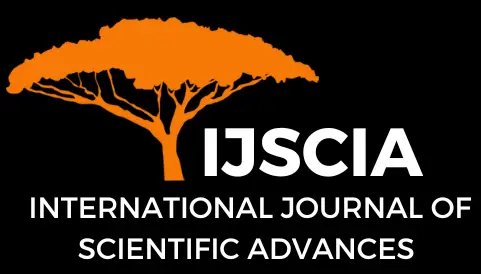Osteogenesis Imperfecta: An Overview
Rahma Ira Mustikasari1*, Nur Rochmah1, Muhammad Faizi1, Qurrota Ayuni Novia Putri2
Abstract
Osteogenesis Imperfecta (OI) or commonly referred to as brittle bone disease is a congenital connective tissue formation disorder characterized by bone fragility, osteopenia, skin disorders, blue sclera, dentinogenesis imperfecta (DI), and hearing loss. The diagnosis of Osteogenesis Imperfecta is based on history, clinical examination, lumbar bone density, bone biochemistry and radiographic findings. Diagnosis of osteogenesis imperfecta can be difficult and some primary skeletal disorders can be mixed with osteogenesis imperfecta. Management of OI requires a multidisciplinary approach such as endocrinologists, pediatricians, orthopedic surgeons, dentists, medical rehabilitation specialists, geneticists, psychologists, and occupational therapists. Bisphosphonate therapy has been shown to be effective in reducing pain, fracture frequency, and disability. Medical services such as bisphosphonate treatment and rehabilitation in individuals with OI have the long-term goal of optimizing the health and well-being of bone fragility and deformity.
Keywords
Osteogenesis Imperfecta (OI), multidisciplinary approach, bisphosphonate therapy
Cite This Article
Mustikasari, R. I., Rochmah, N., Faizi, M., Putri, Q. A. N. (2022). Osteogenesis Imperfecta: An Overview. International Journal of Scientific Advances (IJSCIA), Volume 3| Issue 3: May-Jun 2022, Pages 351-357, URL: https://www.ijscia.com/wp-content/uploads/2022/06/Volume3-Issue3-May-Jun-No.267-351-357.pdf
Volume 3 | Issue 3: May-Jun 2022



